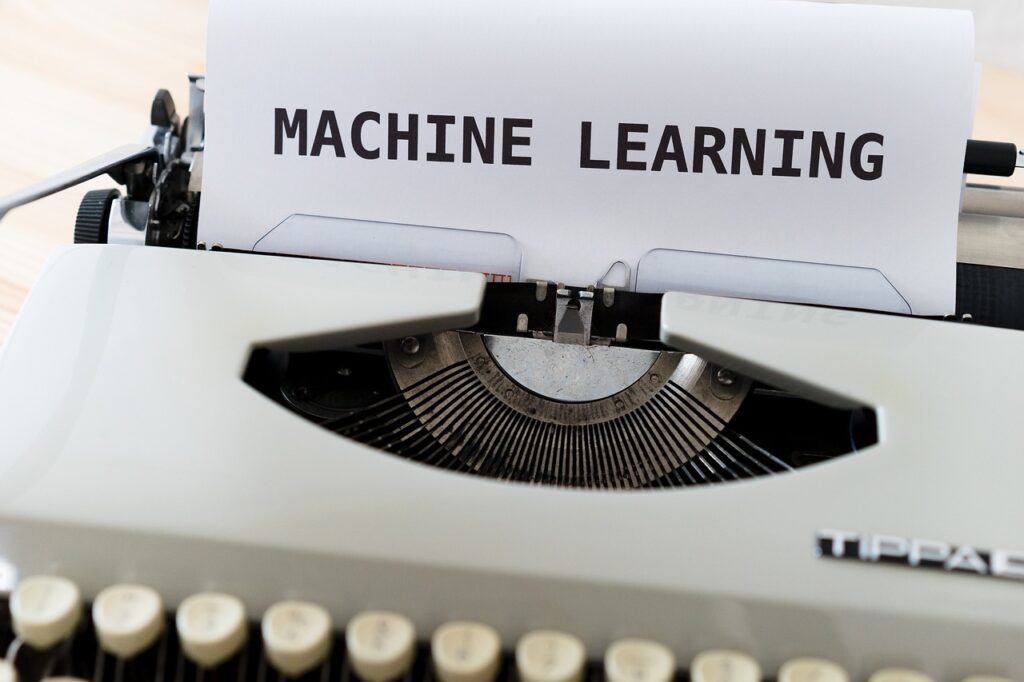In the ever-evolving world of machine learning, optimization plays a pivotal role. Among the various types, non-linear optimization stands out as a cornerstone for creating advanced and accurate predictive models. But what is non-linear machine learning optimization? This guide breaks it down step-by-step, using simple language to ensure anyone can grasp the concept.
Table of Contents
ToggleTable of Contents
- What Is Non-Linear Optimization in Machine Learning?
- Linear vs. Nonlinear Machine Learning: Key Differences
- Difference Between Linear and Nonlinear Optimization
- Advantages of Nonlinear Programming in Machine Learning
- What Is Linear Learning?
- What Is Linear Learning in Educational Technology?
- Importance of Nonlinear Regression in Machine Learning
- What Is Linear Programming in Mathematics?
- FAQs About Non-Linear Optimization
What Is Non-Linear Optimization in Machine Learning?
Non-linear optimization involves solving problems where the objective function or constraints are not linear. Unlike linear optimization, where relationships between variables are simple and additive, non-linear optimization deals with curves, jagged lines, and complex surfaces.
For example, training a neural network often requires optimizing a non-linear loss function, making it an essential aspect of deep learning. The goal is to minimize errors in predictions while navigating the complex relationships between data features.
Learn more about non-linear optimization.
Linear vs. Nonlinear Machine Learning: Key Differences
Machine learning models can broadly be categorized into linear and nonlinear. Understanding their distinctions helps in selecting the right approach for a given problem.
- Linear Models: These models assume a straight-line relationship between input features and output predictions. Examples include linear regression and logistic regression.
- Nonlinear Models: These allow for more complex relationships, making them suitable for problems like image recognition or natural language processing.
Pro Tip: If your data has intricate patterns, opt for a nonlinear machine learning model to capture those complexities effectively.
Difference Between Linear and Nonlinear Optimization
While optimization is about finding the best solution to a problem, the approach differs depending on whether it’s linear or nonlinear.
- Linear Optimization: Deals with linear objective functions and constraints. Think of it as finding the shortest distance between two points on a flat surface.
- Nonlinear Optimization: Involves more complex surfaces, requiring techniques like gradient descent to navigate peaks and valleys.
Explore more about the difference between linear and nonlinear optimization.
Advantages of Nonlinear Programming in Machine Learning
Why is nonlinear programming so crucial in machine learning?
- Flexibility: Handles complex relationships between variables.
- Accuracy: Delivers better predictions for intricate datasets.
- Scalability: Powers advanced algorithms like deep learning and reinforcement learning.
Discover the advantages of nonlinear programming.
What Is Linear Learning?
In contrast to nonlinear approaches, linear learning involves models that predict outcomes based on straightforward relationships. It’s often a starting point for machine learning practitioners.
What Is Linear Learning in Educational Technology?
Linear learning in educational technology refers to structured, step-by-step instruction. This method ensures students master each concept before progressing, similar to how linear algorithms operate in machine learning.
Explore more about linear learning in educational technology.
Importance of Nonlinear Regression in Machine Learning
Nonlinear regression is a statistical tool used to model relationships between variables when linear assumptions fail. It’s vital for capturing real-world complexities in data.
Learn about the importance of nonlinear regression.
What Is Linear Programming in Mathematics?
Linear programming is a mathematical approach to optimizing a linear objective function subject to linear constraints. It’s foundational in fields like operations research and machine learning.
Find out what is linear programming in mathematics.
FAQs About Non-Linear Optimization
1. What is non-linear optimization in machine learning?
Non-linear optimization solves problems with curved or complex relationships between variables, crucial for training advanced models like neural networks.
2. What is the difference between linear and nonlinear optimization?
Linear optimization uses simple, additive relationships, while nonlinear optimization deals with intricate, often curved surfaces.
3. Why is nonlinear optimization important in machine learning?
It enables models to handle complex datasets, leading to better predictions and enhanced performance.
4. Can linear learning be applied in advanced machine learning?
Linear learning is often a starting point but falls short in capturing complex patterns, where nonlinear approaches excel.
This guide provides a robust understanding of what is non-linear machine learning optimization and its applications. By leveraging this knowledge, you can confidently navigate the fascinating world of machine learning and optimization.

